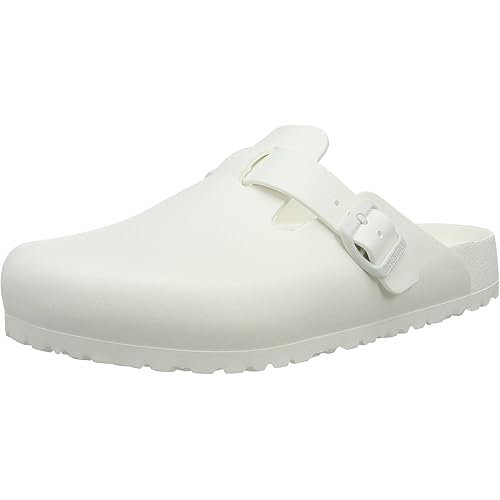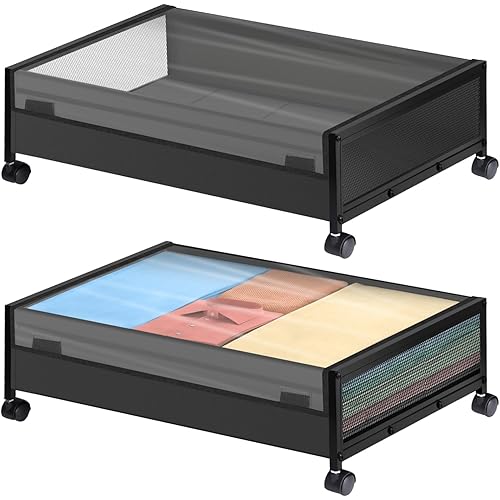
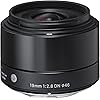

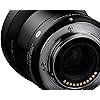
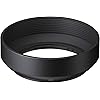
Buy Now, Pay Later
- – 6-month term
- – No impact on credit
- – Instant approval decision
- – Secure and straightforward checkout
Ready to go? Add this product to your cart and select a plan during checkout.
Payment plans are offered through our trusted finance partners Klarna, PayTomorrow, Affirm, Afterpay, Apple Pay, and PayPal. No-credit-needed leasing options through Acima may also be available at checkout.
Learn more about financing & leasing here.
Selected Option
This item is eligible for return within 30 days of receipt
To qualify for a full refund, items must be returned in their original, unused condition. If an item is returned in a used, damaged, or materially different state, you may be granted a partial refund.
To initiate a return, please visit our Returns Center.
View our full returns policy here.
*: Black
Style: Sony NEX E Mount
Features
- Three glass mold aspherical lenses provide excellent correction for distortion, color aberration and field curvature
- Super Multi-Layer Coating reduces flare and ghosting and provides sharp and high contrast images even at the maximum aperture
- The superior telecentric optical design improves image quality throughout the frame
- Lens not zoomable
Description
SIGMA 19MM LENS SONY NEX F/2.8 DN LENS BLK
Brand: Sigma
Focal Length Description: 19 mm
Lens Type: Standard
Compatible Mountings: Sony E
Camera Lens Description: 19 millimetres
Product Dimensions: 60.6 x 2.4 x 1.7 inches
Item Weight: 5.6 ounces
Item model number: 40B965
Batteries: 1 Lithium Ion batteries required.
Is Discontinued By Manufacturer: No
Date First Available: March 18, 2013
Manufacturer: Sigma Corporation of America
Frequently asked questions
To initiate a return, please visit our Returns Center.
View our full returns policy here.
- Klarna Financing
- Affirm Pay in 4
- Affirm Financing
- Afterpay Financing
- PayTomorrow Financing
- Financing through Apple Pay
Learn more about financing & leasing here.







